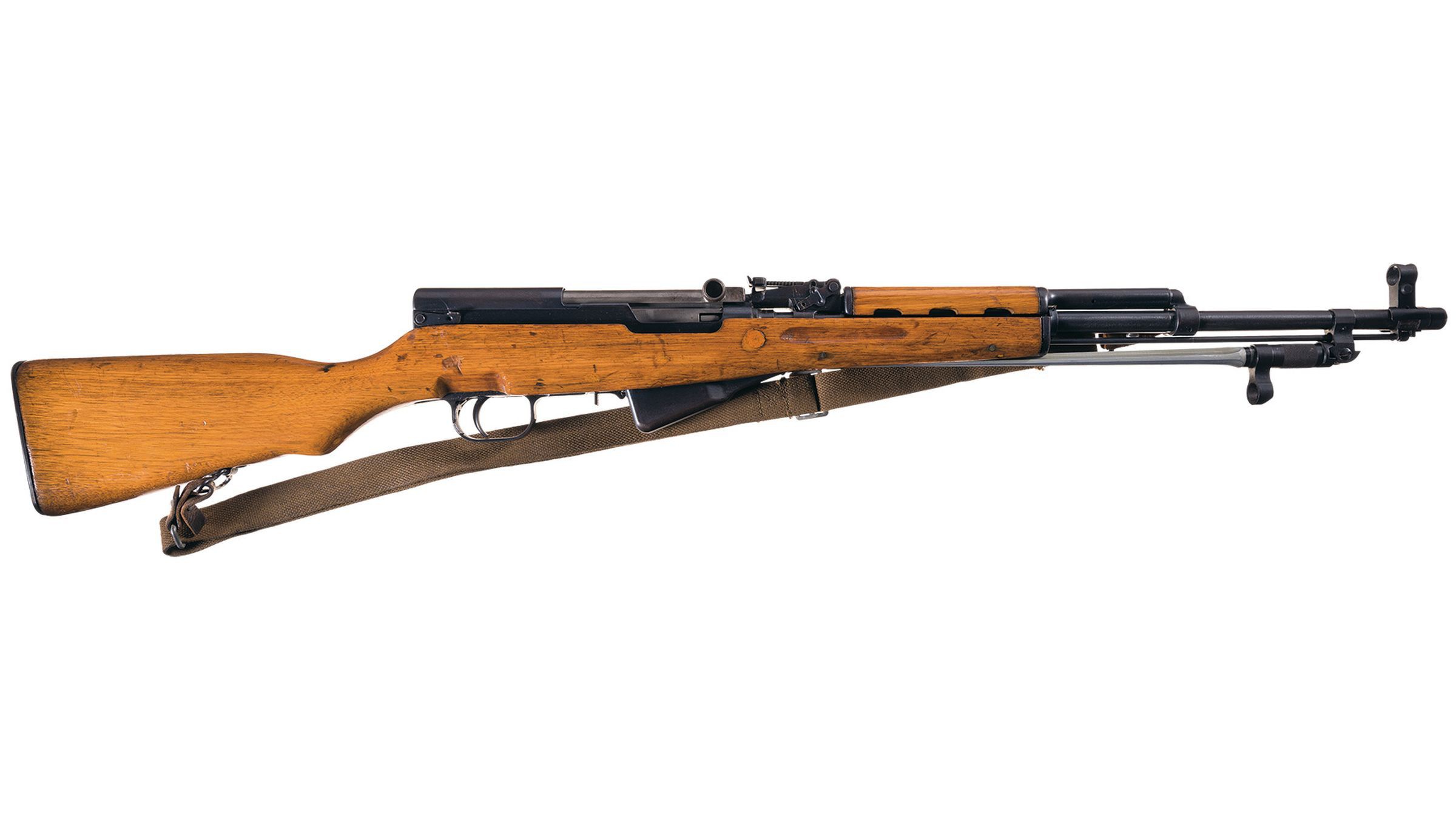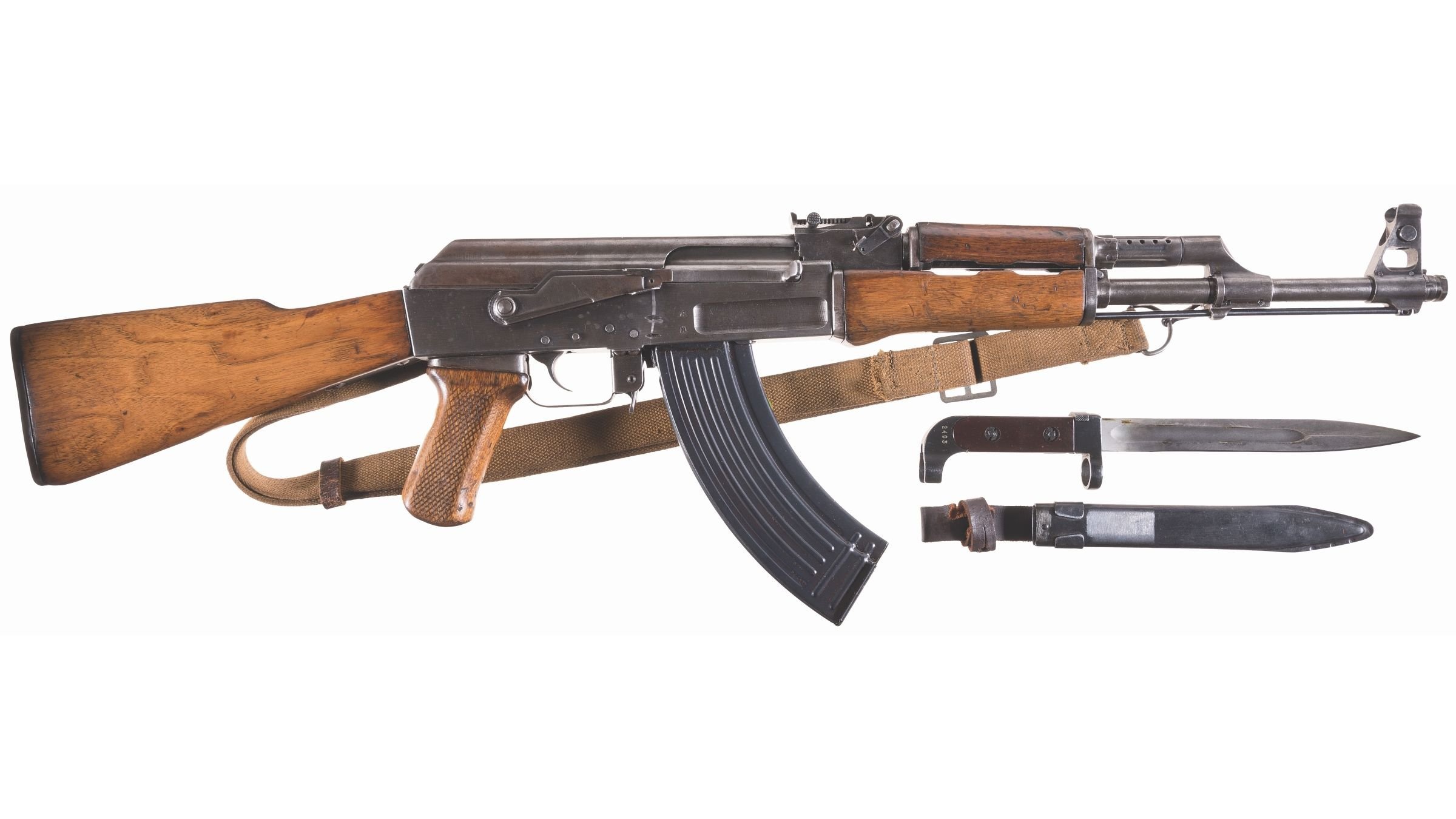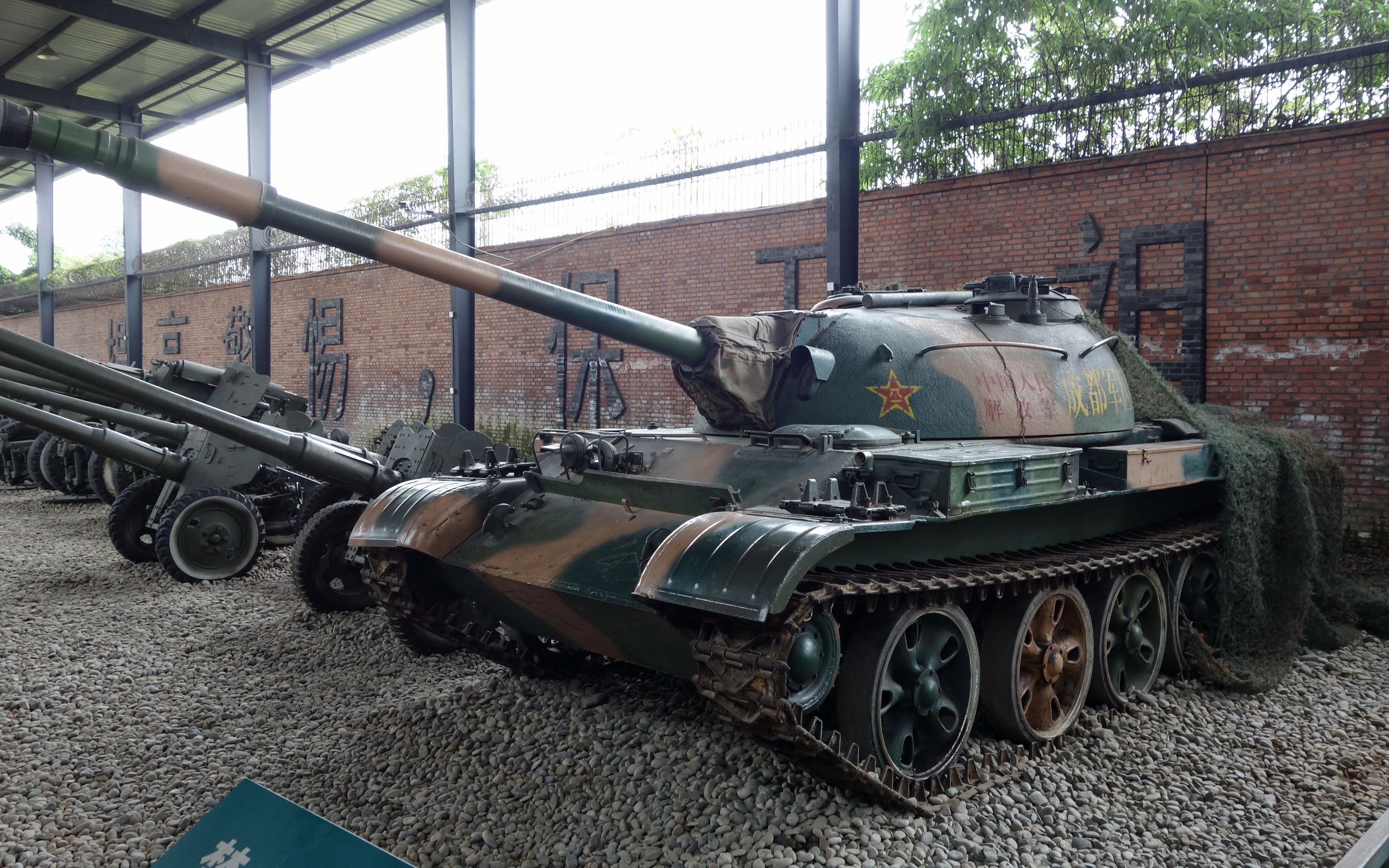Let’s review the basic facts here…
Territorial Changes:
Minor loss of Vietnamese territory to China along the Sino-Vietnamese border in Cao Bằng and Lạng Sơn Provinces, namely Nam Quan Gate and half of Bản Giốc Falls.
Major engagements:
Battle of Lạng Sơn (1979) - Wikipedia
Battle of Đồng Đăng (1979) - Wikipedia
Battle of Lào Cai - Wikipedia
Battle of Cao Bằng (1979) - Wikipedia
In all 5 engagements, PLA forces took the territory they wanted to take. Some of it was given back when the PLA withdrew after ending the war. The Vietnamese did not manage to retake any town or city by force of arms.
Casualties:
Vietnamese:
To this day, the Vietnamese govt has never published official casualty figures for the war. Estimates range from the low end at 20,000 to the high end at 70,000, if only counting military KIA.
What’s not in dispute is that the Chinese captured 1,636 POWs who were returned at the end of the war.
Chinese:
Like Vietnam, China has never published official casualty figures. The 6,954 KIA figure often cited as “Chinese propaganda” was a leak from an internal PLA document .
What isn’t disputed again is that the Vietnamese captured 238 POWs.
Strategic goals:
China’s main goal, stated before the war even began, was to rescue the Khmer Rouge in Cambodia. Obviously, it failed in this goal. The Vietnamese govt wisely chose to continue their campaign in Cambodia knowing that they could hold both fronts long enough to finish their work in Cambodia.
So… just like the American war in Vietnam, a strategic defeat, but a tactical victory for China. It’s one of those wars where you win all the battles but still lose the war.
That being said, the war did reveal a number of tactical weaknesses in the PLA. Everything from the basic infantry rifle to the light tanks that were used were found wanting.

PLA Type 56 SKS, a licensed copy of the Soviet Simonov SKS, a 10-round semiautomatic rifle. Very much WWII era tech. This was the basic infantry rifle of the PLA. The AK-47 was never adopted for line infantry use due to perceived issues with accuracy.

Also a PLA Type 56, confusingly enough. These Chinese versions of the AK-47 were provided to the NVA in huge numbers during the US-Vietnam war. During the Sino-Vietnam war, there were more Chinese Type 56s being used against China than by China.

PLA Type 62 Light tank: Hundreds were deployed in the war. It was the most common PLA AFV used. Despite looking very similar to the ubiquitous Type 59 (T-54 licensed copy) MBT, these light tanks had only a fraction of the armor and a smaller gun. They proved quite inadequate in the war due to how vulnerable they were to even the humble RPG-7 (most of which were also made in China).
Following the war, the PLA retired the old SKS and started phasing out its light tanks. There was also a renewed drive to modernize the PLA both technically and tactically.

